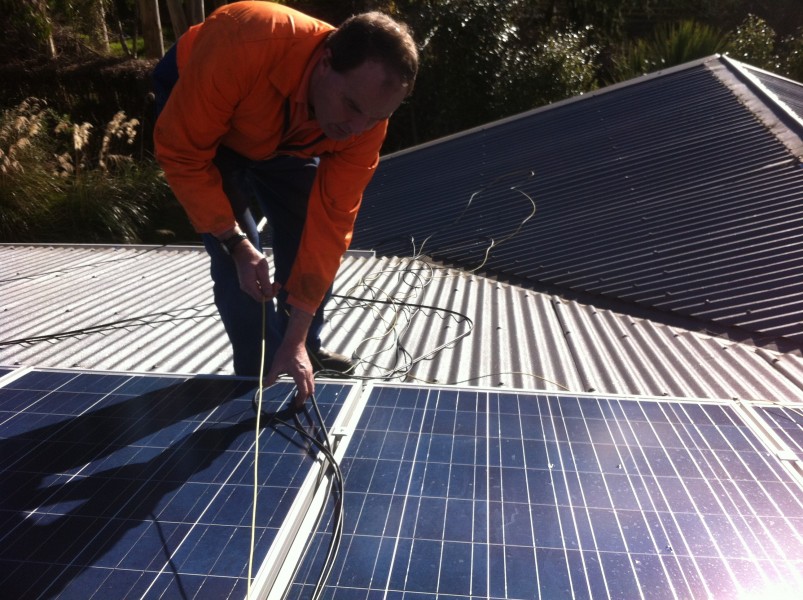What we’re doing
This research is focussed on exploring the potential uptake of solar PV in New Zealand. In the last 2 years alone the quantity of grid-connected small-scale PV systems in NZ has grown by at least 330%. While the current installed capacity per capita is still relatively low compared to some other countries, the rate of uptake is of great interest given the absence of Government incentives for small-scale PV installations, along with the relatively high cost to implement.
In this work we are trying to understand the drivers of PV uptake (i.e. the reasons for the rapid increase in PV installations), and whether PV is likely to remain niche or become even more widespread. To investigate these issues we have undertaken three separate research streams. We have carried out interviews with people who have already purchased (or who have a strong interest to purchase) PV systems both nationally (20 people) and within Blueskin Bay (18 people), a small region of the country with relatively high interest in PV. We have run an online questionnaire and choice modelling experiment with 2000 people (1000 of whom we questioned about PV), and we have responses to a national household energy survey of 2700 households around New Zealand.
What we’ve found out so far
There are quite high levels of knowledge and interest in PV in NZ, and a substantial proportion of people we surveyed expressed a desire to purchase. This level of interest currently exists with no support from the Government via subsidies and feed-in tariffs, and mostly under business models that require a large upfront investment. New types of business model such as that currently being trialled by Vector and Solarcity may remove some significant barriers to entry and increase the level of interest in installing PV. High levels of grid-connected PV would contribute to renewable generation and may require new approaches to the management of the electricity grid to ensure that New Zealanders continue to have access to safe, reliable, and affordable energy.
For more information see our reports:

